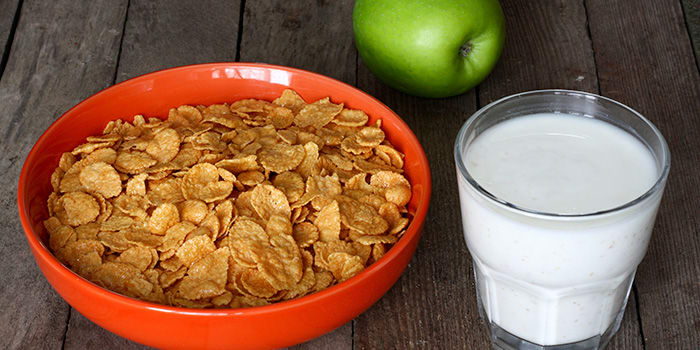What the Heck is Kefir?

What is kefir? Is it yogurt? What’s all this nonsense about billions of bacteria per serving? Aren’t bacteria bad?
Kefir is a fermented milk product — there are both dairy and non-dairy versions — that is similar to yogurt, but with a few differences. Here is a rundown on the difference between the two and why you should consider giving kefir a try.
The Good Guys
You probably learned at an early age that bacteria are bad; that’s why you wash your hands and clean wounds. Many bacteria will cause infection and illness, but there are other bacteria that help promote health and vitality. These “good” bacteria work in three main ways:
1. Immune Support: Bacteria find comfortable homes in many parts of our digestive tract (especially the large intestine), and when good bacteria populate the digestive tract, there is less room for bad bacteria to set up camp and multiply.
2. Improved Digestion: Good bacteria literally predigest food for you. They break down more complex macronutrients into simpler components, which are easier for our bodies to digest and assimilate. The end result is more efficient digestion.
3. Vitamin Creation: Some bacteria actually produce vitamins when they predigest nutrients. A healthy community of good bacteria in your gut will generate an assortment of B vitamins and Vitamin K.
Yogurt vs. Kefir
Yogurt and kefir are both created by fermenting milk using good bacteria. The difference between the two lies in the types of bacteria that are used during the fermentation process. Some argue that kefir is a superior product because the type of bacteria used to make kefir are better at populating our digestive tracts than those found in yogurt. Most of the bacteria in yogurt simply pass through the body in the digestive process, but within a day or two, they’re gone. Kefir bacteria, on the other hand, repopulate within our digestive tract where they continue to work for us. Basically, you most likely get more bang for your buck from the bacteria in kefir.
How to Enjoy More Kefir
Kefir is super easy to integrate into your diet. Kefir products tend to be thinner and more of a drinkable consistency than yogurt and many producers offer slightly sweetened versions that have been flavored with real fruit that can be enjoyed straight. They taste like a slightly tart smoothie. Of course, you can also add it to smoothies, and I’ve seen kefir lovers pour it over cereal as a milk replacement. Kefir’s tangy flavor and creamy consistency also lends itself to salad dressings.
There are also numerous dairy alternative versions of kefir that taste and perform the same as traditional kefir, such as coconut-water kefirs and kefir sodas. These water-based kefirs have similar bacteria and many of the same benefits as traditional dairy kefir. Just be sure to check the sugar content before making a purchase.
